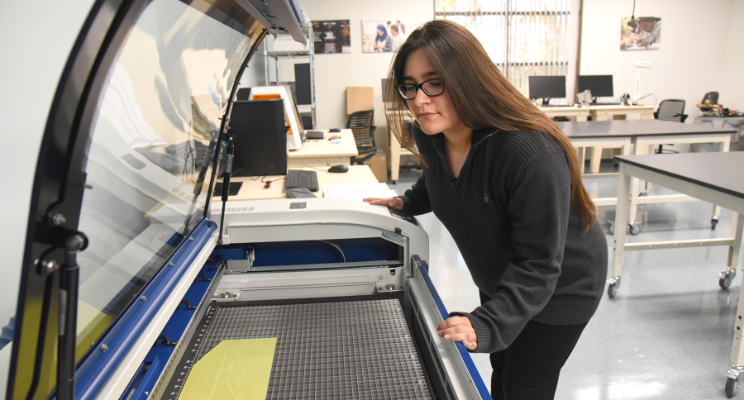By Landon Taylor, CEO of Base 11
A recent study by Burning Glass found that there are more than 2 million entry-level STEM job openings, but just 1 million recent STEM graduates who could potentially fill them. This huge gap between available STEM jobs and qualified applicants is largely due to a lack of available STEM skills in the current workforce, and an inadequate pipeline of students pursuing STEM-based studies. Exponential advances in technology, also known as Moore’s law, exacerbate the problem by requiring new STEM skills at a pace that outstrips supply.
A core component of the problem are traditional academic programs that are primarily theoretical, often relying on large-scale lecture courses. These programs lack “hands-on” experiential learning and require more time to produce a fully functioning STEM worker with required useful skills currently in demand by industry. By contrast, apprentice models start with the desired skills in mind and then “reverse engineer” the curriculum so that students who complete their training show up day one on the job with the skills needed to begin delivering immediate value to their employers. Experiential learning has the added benefit of helping retain students in STEM majors. In one study, 92.6% of students said hands-on lab work helped sustain their interest in STEM.
That’s why I have gone all in with funding and building Base 11 Innovation Centers that integrate hands-on, project-based learning programming that empowers students with the skills most in demand by industry for 21st century jobs.
See what employers and students are saying about this STEM accelerator model:
Through strategic partnerships with community colleges, universities, high schools, foundations, and industry, Base 11 has funded the design and installation of Innovation Centers in the San Francisco Bay Area, Southern California, Phoenix, and Philadelphia. Next up: Seattle, New York, and Los Angeles.
So what does a Base 11 Innovation Center consist of?
(1) a digital fabrication lab that complies with MIT’s Fab Lab specifications;
(2) access to industry partner innovation challenge projects utilizing the concepts and equipment within the Innovation Center;
(3) the integration of project-based learning courses designed to provide students with the hands-on experience and industry recognized certifications which make them attractive new hires; and,
(4) access to all the training and resources a student could possibly need to design and build a prototype, create a business plan, and secure funding to launch their new business as a STEM entrepreneur;
This powerful model integrates hands on project based learning programming which is designed to equip students with the skills most in demand by industry.
“This workforce development initiative by Base 11 speaks to the huge demand for trained talent that we’re hearing from employers. This will offer a solution for employers, while simultaneously changing the lives of underserved students and their communities.”—Al Bunshaft, President, Dassault Systèmes U.S. Foundation
But this is more than a pipeline development strategy. This is a human development movement. By helping advance women and underrepresented groups in STEM, individual students, their families, and indeed their entire communities will be elevated. We estimate that every single student that walks into a Base 11 Innovation Center has the potential to touch, inspire, and energize 100 more lives around them. This is the multiplier effect is in full force.
I predict that human development will prove to be the industrial revolution of the 21st century — and that Base 11 Innovation Centers will be a catalyst for the movement.
To learn more, or get involved, visit http://www.base11.com/innovation-centers.

